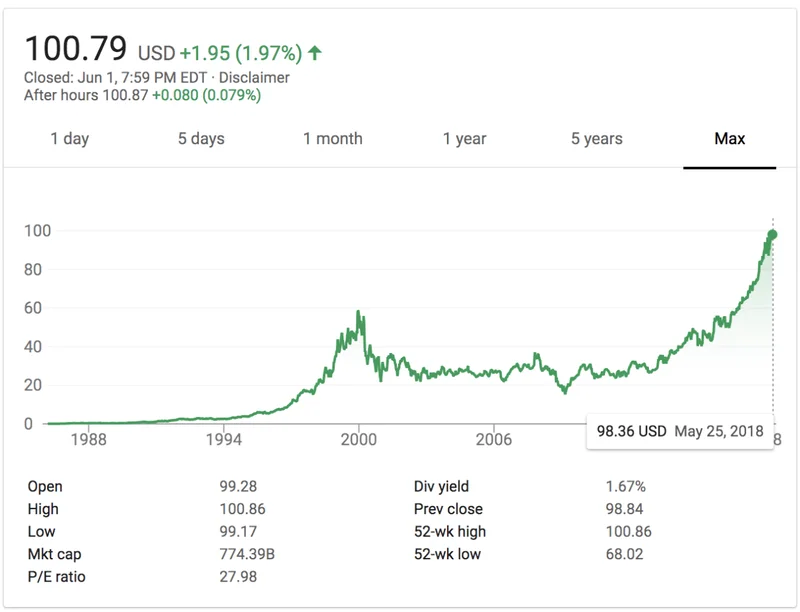Article Directory
I had to do a double-take this morning when I pulled up the market data. Staring back at me from the screen was a flash of brilliant green next to the letters MS. Morgan Stanley, that stalwart of Wall Street, was on an absolute tear, jumping over 6.5% to hit $164.47 a share. The trading volume was electric, a surge of nearly 5.8 million shares changing hands—a frantic, energetic dance of capital all happening before the company even opens its books for its earnings call.
When I saw those numbers, I honestly just leaned back in my chair for a second. It wasn't just the percentage gain that caught my eye. It was the feeling behind it. This wasn't the slow, steady climb of a utility company. This was the explosive, almost breathless excitement you see when the market thinks it has caught a glimpse of the future. And in this case, I don't think the market is wrong. I think it’s just starting to wake up to something huge.
Of course, the traditionalists are already waving their caution flags. They’ll point to the consensus analyst price target, a rather uninspired $121.67, and declare the stock wildly overvalued. They see a number that has shot past its one-year high and call it a bubble, a moment of irrational exuberance. But what if they’re using the wrong map? What if they’re trying to measure the speed of a rocket ship with a yardstick?
More Than Just a Bank
Let's get one thing straight. The frenetic energy we saw today isn’t just about a quarterly earnings report. You don’t see this kind of volume, this kind of conviction, just because a bank might beat its earnings-per-share estimate by a few cents. This is something deeper. This is a bet on transformation.
We’re living through a fundamental rewiring of the global economy, a shift as profound as the invention of the printing press or the laying of the first transatlantic cable. And at the heart of this shift is the fusion of finance and technology. What the market is signaling, what I believe it’s screaming from the rooftops, is that Morgan Stanley might just be one of the first old-guard titans to truly understand this. We’re not talking about a bank that uses technology anymore; we’re talking about a technology company that operates in the world of finance.
The real story isn’t in the consumer banking division. It’s in the quiet, humming engine room of the company: the Institutional Securities segment. This is the part of the business that deals with global capital markets, with high-frequency trading, with the complex financial architecture that underpins everything. In simpler terms, it’s the global nervous system of money, and it’s being upgraded with artificial intelligence, machine learning, and predictive analytics at a staggering rate.

This is the kind of breakthrough that reminds me why I got into this field in the first place. The speculation isn't just about whether they had a good quarter; it's about whether this engine room has been supercharged. Has their investment in AI given them an edge in predicting market movements? Have they built a platform so powerful and efficient that it’s becoming the indispensable infrastructure for global commerce?
Pricing in a Paradigm Shift
What we’re witnessing feels less like stock trading and more like a collective holding of breath. It’s the quiet, crackling energy in a NASA control room in the final seconds before a launch. Everyone is watching the same data, but the real believers are looking past the immediate telemetry and imagining the moment the rocket breaks through the atmosphere. The market today isn't just buying shares; it's buying a piece of that escape velocity.
This is where the analysts, with their spreadsheets and historical data, miss the plot. Their models are built on the past, on a world where a bank was a bank. They can’t properly price in a paradigm shift—that moment when a company makes a leap from one category to another. It’s like trying to value Amazon in 1999 by only looking at its book sales, completely missing the world-eating platform for cloud computing and global logistics it was about to become.
The volume we saw today, that massive surge of investor interest, is the market trying to calculate the value of that leap for Morgan Stanley and it’s a beautiful, chaotic, and utterly human process to watch. It’s the system trying to figure out what it all means when the gap between a financial institution and a technology powerhouse closes faster than we can even build the models to measure it.
So, the big questions we should be asking have nothing to do with the dividend yield. Are we watching the financial equivalent of the Cambrian explosion, where a few legacy players evolve at lightning speed, leaving the others behind as fossils? And could Morgan Stanley, with its focus on institutional tech, be one of the apex predators emerging from this new ecosystem?
This Isn't Speculation, It's a Signal
Look, the numbers that come out in the earnings call will be important. They’ll be the data points that either validate or temper today’s incredible optimism. But to get lost in the minutiae of revenue streams and profit margins is to miss the forest for the trees. The real story today wasn’t written in a press release; it was written in the collective, forward-looking conviction of millions of investors. They voted with their capital, and their vote was for a future where the most powerful financial institutions are indistinguishable from the most powerful technology companies. Today's surge wasn't just noise. It was the sound of the future arriving a little ahead of schedule.
